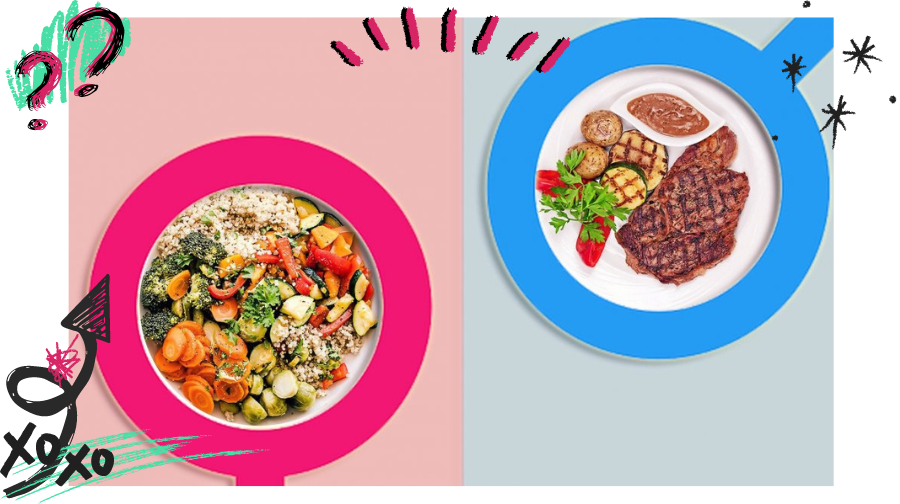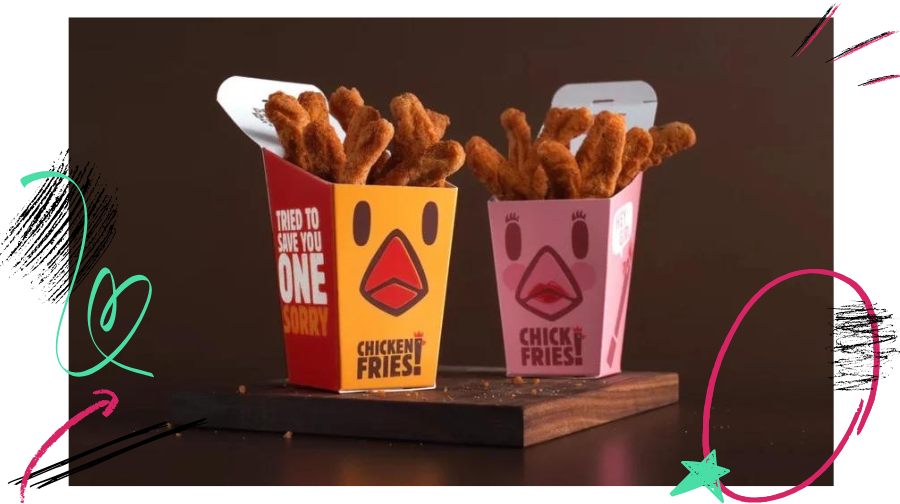Food has always been an essential part of our cultural fabric, reflecting our traditions, tastes, and even our values. However, in recent years, a peculiar trend has emerged, highlighting the absurdness of gendered food. Society has assigned certain foods as being “masculine” or “feminine,” perpetuating harmful stereotypes and limiting our choices. This article explores the absurdity of gendered food and presents examples that showcase the need to break free from these constraints.
The pink-blue dichotomy
One of the most glaring examples of gendered food is the pink-blue dichotomy. Pink has been associated with femininity, while blue symbolizes masculinity. This division is especially evident in children’s food products. Walk down the aisles of a toy store, and you’ll find pink-packaged snacks and desserts marketed towards girls, featuring princesses and fairies. Blue-packaged foods, on the other hand, are often labeled as “boy-friendly” and depict action figures and superheroes. This arbitrary distinction reinforces the idea that girls should prefer sweet treats and boys should gravitate towards active and adventurous snacks.
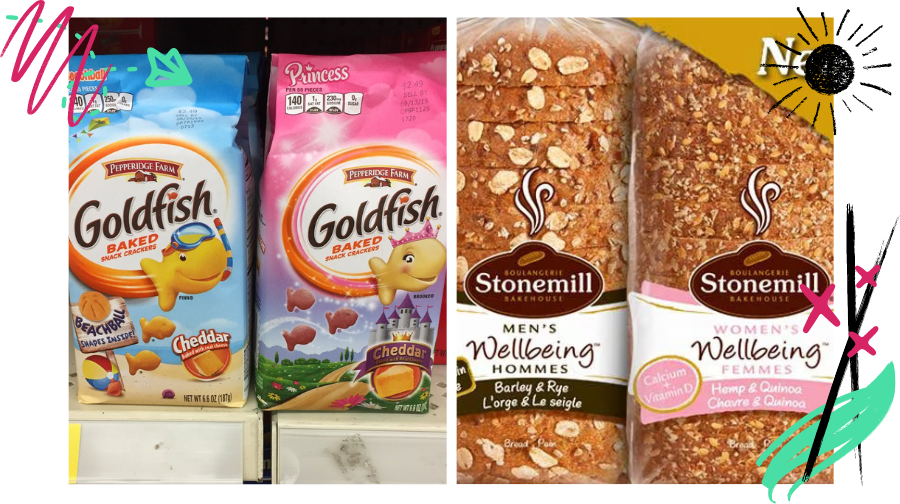
Meat for men, salads for women
The gendered division extends beyond children’s food, pervading adult food choices as well. The idea that meat is exclusively for men and salads are for women is an example of such bias. Advertisements often portray men devouring large portions of juicy steaks or burgers, reinforcing the notion of masculinity associated with meat consumption. Conversely, women are often shown delicately picking at salads or eating yogurt, promoting a stereotype of women being concerned with their weight and adhering to a health-conscious diet. These rigid expectations limit both genders’ culinary experiences and perpetuate harmful stereotypes about food choices and body image.
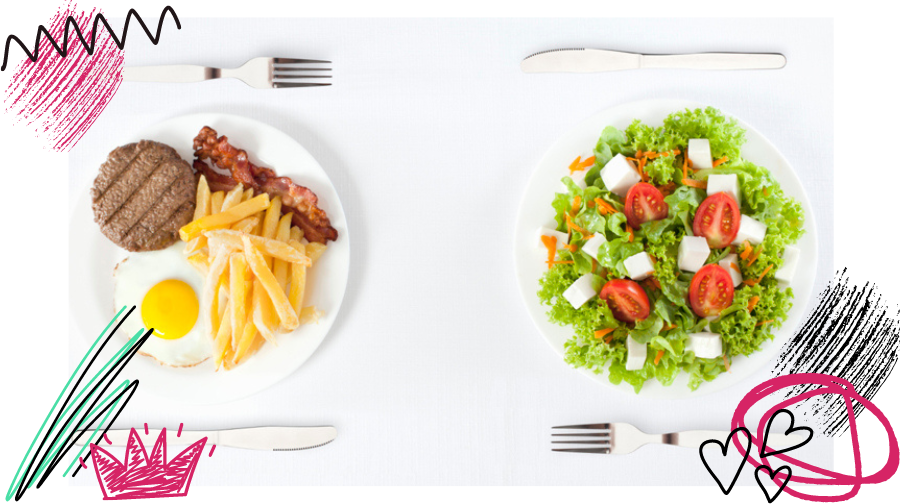
Alcoholic beverages
The gendered marketing of alcoholic beverages is another striking example. The beer industry, for instance, has historically targeted men through ads featuring hyper-masculine imagery and slogans. Such campaigns imply that drinking beer is an inherent part of masculinity, reinforcing outdated notions of what constitutes “manly” behavior. On the other hand, fruity or sweet alcoholic drinks are often marketed towards women, suggesting that they should prefer lighter, more “feminine” beverages. These strategies not only limit consumer choice but also contribute to harmful gender norms.
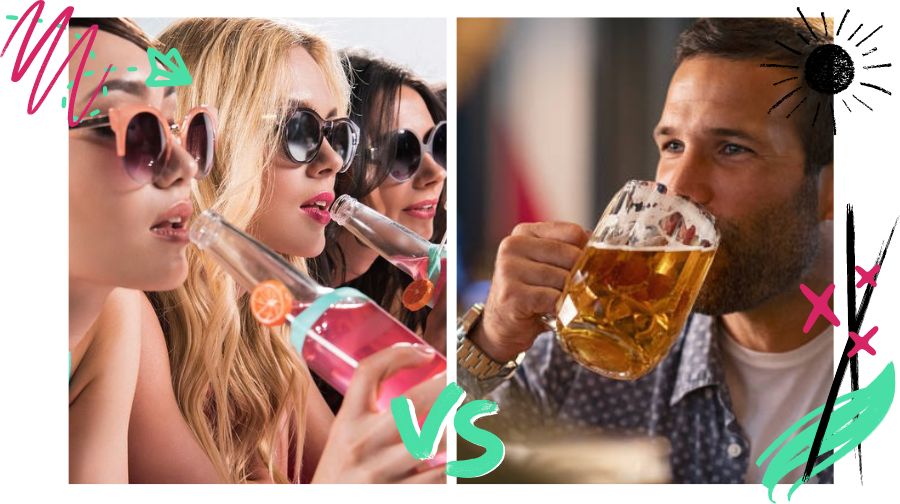
Snack foods
Snack foods are not exempt from gendered marketing strategies either. Potato chips and pretzels, for instance, have been traditionally marketed towards men as hearty, bold, and satisfying snacks. Advertisements often portray men indulging in large quantities of these savory treats, reinforcing the notion that men have insatiable appetites. Conversely, snack foods marketed towards women tend to emphasize portion control, health-consciousness, and lightness. This distinction perpetuates the notion that women should be constantly watching their weight and that their appetites should be limited.
Empowering examples
Thankfully, there have been instances where brands and individuals have challenged the absurdness of gendered food. In 2015, Burger King released an advertisement campaign called “Chick Fries,” which aimed to raise awareness about the arbitrary gendering of food. They repackaged their chicken fries in pink packaging, highlighting the absurdity of marketing a product differently based on gender. Similarly, the organization “Pinkstinks” has been actively challenging gender stereotypes, including those related to food, through campaigns and advocacy.
Conclusion:
The gendering of food is an absurd practice that perpetuates harmful stereotypes and limits our culinary experiences. It reinforces outdated gender norms, restricts choices, and contributes to societal pressures and expectations. It is essential to challenge and dismantle these arbitrary divisions to create a more inclusive and diverse food culture.
By embracing food choices as a personal preference rather than a gendered characteristic, we can empower individuals to make choices based on their own tastes and desires, free from societal constraints. It’s time to break the chains of gendered food and foster a more inclusive and equal culinary landscape for all.

